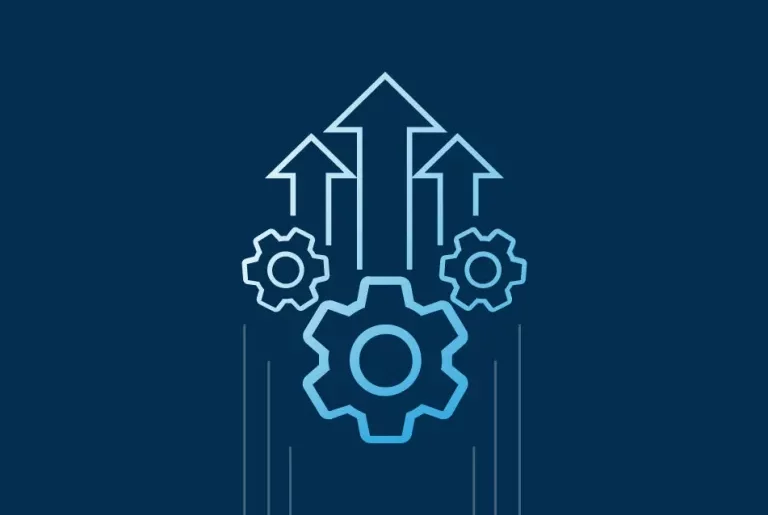In today’s digitalized world, many companies carry out their business operations through cloud-based digital solutions. Since these operations are not physically protected, they become targets by cyber attackers and hackers, which can put your data at risk. To prevent data breaches, cyber-attacks, and greater damage, IT leaders are making great efforts with the support of the security solutions like SaaS.
According to research, when asked what a company’s IT leaders’ significant difficulty was when it came to managing software as a service (SaaS) applications in 2021, with over 500 workers almost half said that controlling application sprawl was the biggest challenge for their company. In addition to this challenge, potential vulnerabilities such as SaaS security risks should be taken into account.
Serious problems can be encountered within the wrong application of SaaS and failure to take necessary precautions. In order to prevent this, you should work with a reliable SaaS vendor, not compromise on policies and be well-informed about every single detail. If you are a beginner at SaaS and want to get started, here is the guide we have prepared for you.
What Is SaaS?
Software as a Service (SaaS) is a security solution that works without the need for on-premises infrastructure. SaaS performs its operations with the tools it provides to cloud-based servers. A software delivery model based on this cloud environment manages all traditional hardware and software such as middleware, security software, and applications.
SaaS services provide a great reduction in cost as it provides the opportunity to be managed from a single place. It also has a major impact on deployment, scaling, and upgrades, as it
provides systematic and dynamic management of business operations and solutions.
SaaS has made great progress since it was first designed and now has applicability in many business areas. There are steps and best practices that you should follow in order to adopt SaaS correctly.
What Are The Best 5 Practices of SaaS?
The best practices listed below are the most effective techniques in SaaS implementation and are superior in terms of yielding the best results. With these practices, you can move your business forward by raising your security level to the next level. Here are the best 5 practices of SaaS.
Don’t compromise on authentication
Authentication is the process of identifying the user requesting access or participation. When accessing SaaS resources is not adequately verified, security vulnerabilities can occur, which can land you in serious trouble. Security risks are minimized thanks to comprehensive authentication systems and access control systems.
Authentication security solutions such as Active Control (AC) combined with Single Sign-on (SSO) and third-party Multi-Factor Authentication (MFA) provide all necessary control over login and access requests in harmony with SaaS software. Not neglecting authentication can be considered the most essential practice.
Always be active in monitoring
Make sure that the SaaS provider you choose provides a continuous monitoring service. Being active in monitoring users’ movements and user behavior within the network allows you to be on the defensive and avoid big losses when attackers violate security policies.
While automation is a good solution to reduce security workloads, partial automation is smarter. It plays an important role in providing security teams with the controls and the precise control needed to respond to potential attacks or leaks.
Keep your data safe with encryption
It is very important that you strongly encrypt your sensitive data and business resources held in SaaS. Since these data and resources are mobile, encryption is of great importance in terms of monitoring and determining who will be given access. In addition, The Transport Layer Security (TLS) implementation allows you to complete this transaction process securely.
With the help of a reliable VPN provider, you can securely access SaaS services by anonymizing connections and providing waterproof encryption. The most important thing to have in the SaaS setup is tightly controlled encryption and firewalls.
Train your team regularly
The best practices in acquiring SaaS that we talked about above should be known to every person on your team. Before implementing SaaS, employees should be thoroughly trained in VPN usage, password security, secure access, data protection, phishing awareness, and other basic cybersecurity issues. There are many more benefits to having all of this handled well by each employee than we anticipated.
As the remote and hybrid working model becomes more widespread, new threats may emerge. In case of any threat, attack, or leak, your trained employees can immediately put them on the defensive and prevent major losses. In addition, the training you will provide to your employees will minimize the risks that may arise from SaaS, allowing you to benefit more from SaaS.
Conclusion
SaaS, which has been at the forefront of cloud infrastructure systems in recent years, is gaining popularity day by day thanks to the benefits and advantages it brings to businesses. One of these advantages is that it eliminates the need for additional hardware and middleware and eliminates costs such as installation. In addition, it provides professional overall control, as it puts an end to problems such as unpredictable management, fixes, and updates.
With SaaS, you stay up-to-date by keeping a close eye on developments, and you also minimize potential disruptions while maintaining service levels. No matter what business you operate in, SaaS is the perfect solution to take advantage of these benefits and securely manage your operations.




